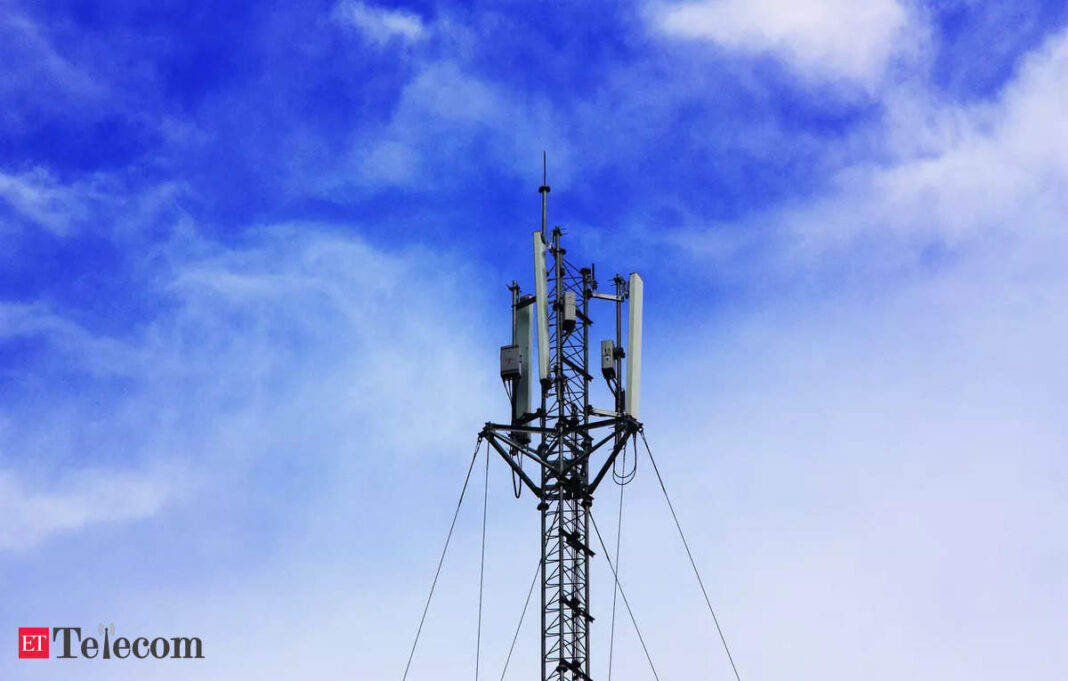In Short:
The Department of Telecommunications (DoT) is asking the environment ministry for exemptions to speed up 4G coverage in remote areas and forests. They want to relax rules regarding land use and wildlife impacts. While the ministry hasn’t decided yet, they recognize the need for better connectivity without harming wildlife. DoT aims to have all villages connected by the end of 2024.
New Delhi: The Department of Telecommunications (DoT) has requested several exemptions from the Environment Ministry’s guidelines concerning the installation of 4G towers. This appeal aims to accelerate the government’s mission to provide comprehensive coverage across remote villages, including areas located within protected forest regions.
According to reports, the Environment Ministry has yet to reach a final decision regarding the DoT’s request for relaxations pertaining to six specific clauses outlined in its regulations. These clauses require an undertaking from the district collector and the provision of call records for individuals violating wildlife laws. The matter has been discussed in meetings of the National Board of Wildlife (NBWL) held on July 31 and October 9, which are chaired by Environment Minister Bhupender Yadav.
Policy Considerations
During the latest meeting, it was decided that a special discussion would be convened to address the policy implications of the DoT’s proposal. The government is committed to achieving full village coverage under the ‘4G Saturation Mission’ by the end of 2024.
Request for Exemptions
On April 25, the DoT submitted a request to the Environment Ministry seeking exemptions from the January 4, 2024 guidelines concerning proposals for 4G connectivity, which are intended to facilitate the recommendations of the NBWL. These guidelines have led to numerous applications from the DoT for the use of forest land and wildlife habitats for the installation of mobile towers and cables.
The current norms necessitate that the user agency provides: an undertaking from the district magistrate confirming the lack of alternative land, a movement plan for the installation of tower facilities, and call records of any violations of the Wild Life Protection Act, 1972 if requested by the deputy conservator of forests and higher authorities. Additionally, the chief wildlife warden must assess the impact of the installation on wildlife.
Concerns Raised by DoT
In its correspondence, the DoT has sought modifications to several clauses. It argues that the requirement for a district magistrate’s verification of non-forest land could cause significant delays in clearance processes. Instead, the DoT suggests that certification from a revenue officer of at least sub-divisional magistrate rank should suffice.
Furthermore, the DoT has contended that it is impractical to provide call records as stipulated by the Environment Ministry, due to regulatory constraints established in the Code of Criminal Procedure and the Indian Telegraph Act, 1885.
Standard Plans for Infrastructure
To optimize efficiency, the DoT has proposed the acceptance of a “standard plan” for the movement of vehicles and workforce required for the erection of telecommunications towers. This is in lieu of creating separate plans for each case, given that only a limited amount of equipment is needed during construction.
Regarding the ministry’s insistence on the use of solar power for operation of mobile towers, the DoT indicated that solar energy would be the primary source, except in locations where such energy or traditional electricity is unviable, which accounts for less than 1% of total sites.
Impact on Wildlife
The DoT also addressed the requirement for comments from the chief wildlife warden concerning the potential impact of towers on wildlife habitats. The department stated that most telecommunications towers are positioned in village areas and occupy no more than 0.02 hectares. Being unmanned sites, they experience minimal on-site activity, thereby posing little threat to wildlife management. According to the DoT, this requirement could be waived for such projects.
During its July 31 meeting, the NBWL acknowledged the need for balancing connectivity for communities near wildlife-rich areas with the safeguarding of wildlife habitats, emphasizing that both objectives should be prioritized.
Additionally, the construction of these 40-meter-high towers may necessitate the development of access roads, the installation of optical fiber cables, and the provision of power generators.





